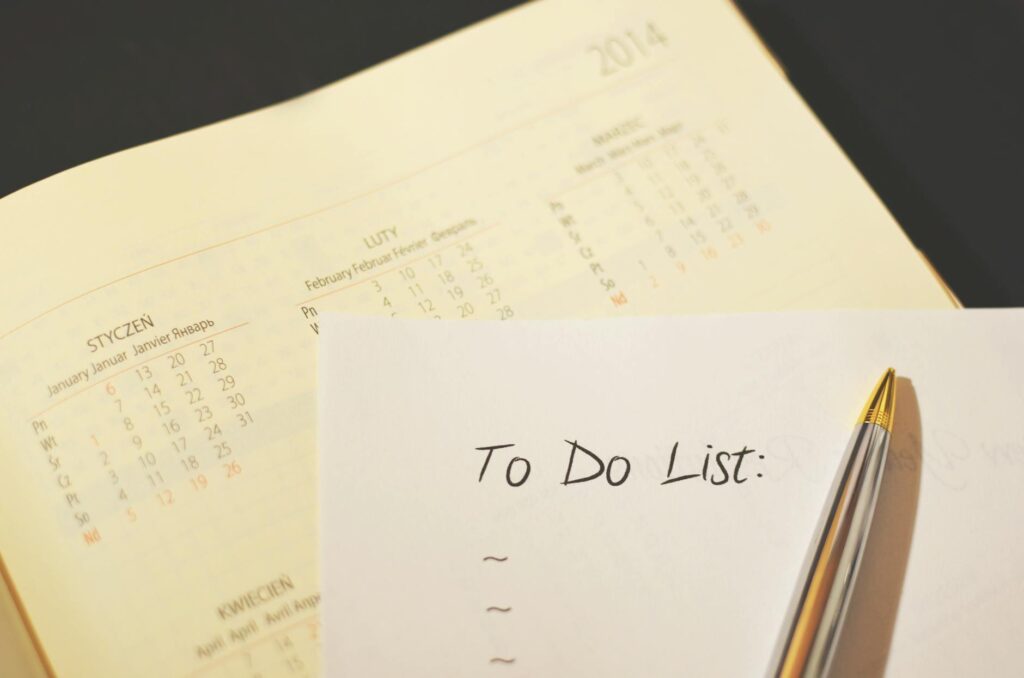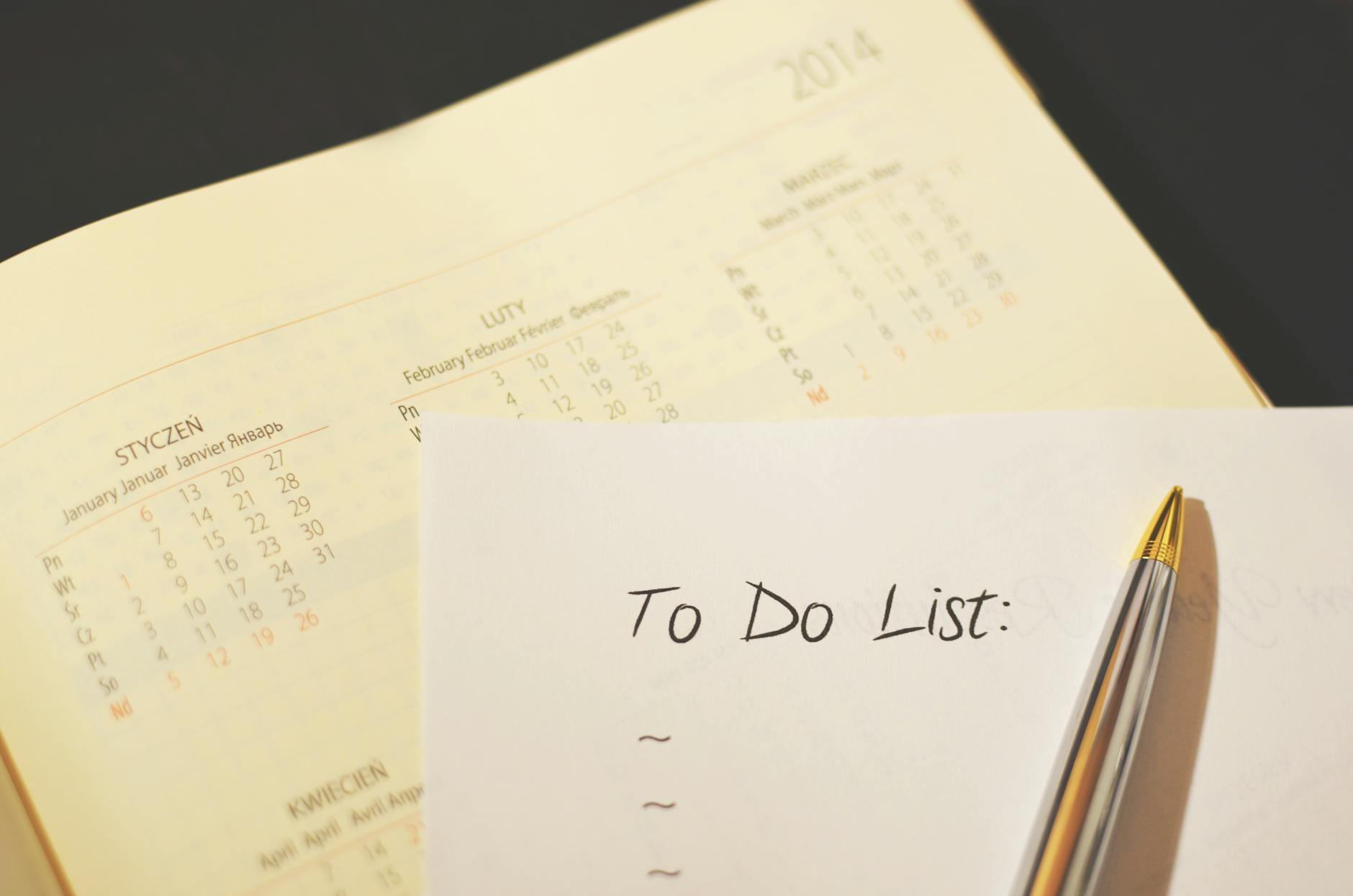What is time utilization analysis tools?

What is time utilization analysis tools?
In today’s fast-paced world, managing time effectively is crucial for achieving both personal and professional goals. Time utilization analysis tools are designed to help individuals and organizations understand how their time is spent and identify opportunities for improvement. These tools not only enhance productivity but also promote a healthier work-life balance.
Understanding Time Utilization Analysis Tools
Time utilization analysis tools provide insights into how much time is dedicated to various activities throughout the day. They help in measuring and optimizing time spent on tasks, allowing users to see where improvements can be made. From tracking time spent on projects to analyzing productivity patterns, these tools play a vital role in effective time management.
What is Time Utilization?
Time utilization refers to the percentage of time spent on productive tasks compared to idle or unproductive activities. For instance, if you work for eight hours a day but spend two hours in meetings and scrolling through social media, your time utilization is lower than optimal. By understanding and monitoring this concept, you can find strategies to boost your productivity.
Types of Time Utilization Analysis Tools
There are various types of time utilization analysis tools available, including:
- Software Applications: These include comprehensive platforms like ClickTime and Time Doctor, which provide detailed reports on your time usage.
- Mobile Apps: Applications like Toggl and Harvest offer user-friendly interfaces for tracking time on-the-go.
- Manual Methods: Some individuals prefer traditional approaches like spreadsheets or physical planners to log their time manually.

Photo by Breakingpic
Benefits of Using Time Utilization Analysis Tools
The advantages of leveraging time utilization analysis tools are numerous. From improving productivity to enhancing work-life balance, these tools can be transformative.
Improving Productivity
One of the primary benefits of these tools is their ability to identify time wasters. By tracking how your day is spent, you can pinpoint activities that consume too much time without yielding results. For example, if you discover that you’re spending an hour each day on non-essential meetings, you can either delegate or limit these sessions. This optimization leads to a more efficient workflow, allowing you to focus on tasks that matter.
Enhancing Work-Life Balance
When you manage your time effectively, you create space for both professional responsibilities and personal interests. Effective time management reduces stress and improves overall well-being. By ensuring that work doesn’t encroach upon personal time, you can enjoy a healthier work-life balance. As noted in a benefits of time management article, learning to manage your time can significantly lower stress and build a positive work-life balance.
Tracking Progress Over Time
Time utilization analysis tools allow users to monitor their time patterns over weeks or months. This consistent tracking provides valuable data to make informed adjustments. For instance, if you notice a decline in productivity during specific times of day, you can experiment with altering your schedule. Analyzing this data helps you become more adaptable and strategic in your approach.
How to Implement Time Utilization Analysis Tools
To make the most of time utilization analysis tools, it’s essential to implement them effectively. Here are some actionable steps you can take.
Choosing the Right Tool
There’s no one-size-fits-all solution when it comes to selecting a time utilization analysis tool. Consider your specific needs, preferences, and workflow. If you’re a freelancer, a simple app like Toggl might suffice. However, larger teams may benefit from comprehensive software like Atlassian’s project management tools.
Setting Up and Getting Started
Once you’ve selected a tool, setting it up is your next step. Most tools will require you to create an account and input basic information about your projects or tasks. Start by tracking your time daily for at least a week. This initial data collection will offer a clearer picture of how you allocate your time.
Regularly reviewing your time logs is crucial. Set aside time each week or month to assess your usage. Are there patterns that surprise you? Did you spend more time on certain tasks than you anticipated? Use this information to refine your approach and enhance your efficiency.
Conclusion and Next Steps
Time utilization analysis tools are indispensable in today’s productivity-driven world. By understanding what they are and how to implement them, you can significantly enhance your efficiency and work-life balance. Start exploring different tools today, and take the first step toward optimizing your time. The journey towards better time management is just a click away. Don’t underestimate the impact of improved time utilization on your productivity and overall satisfaction.